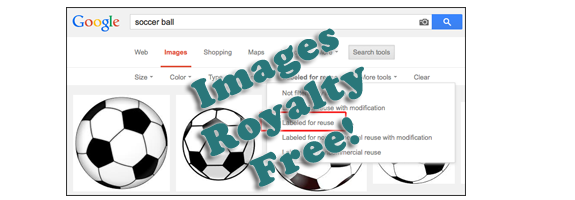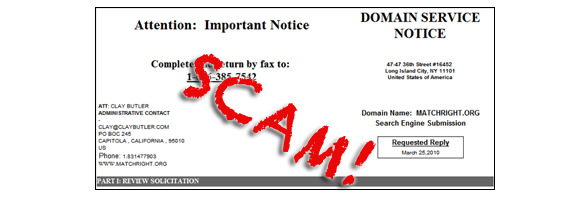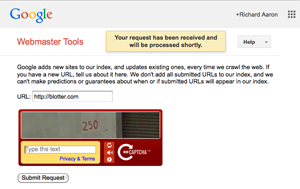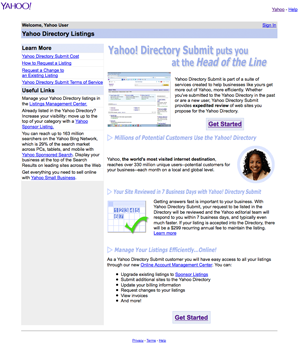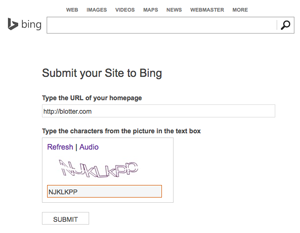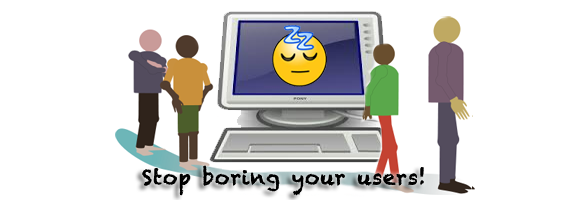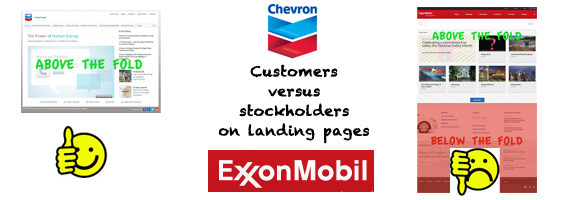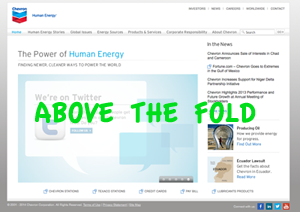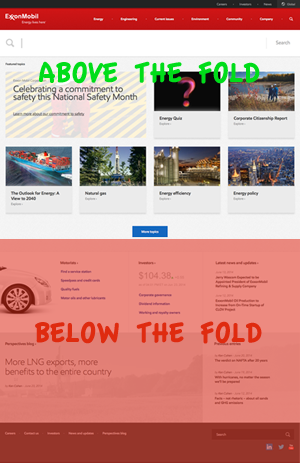Website managers are using reverse imaging search engines similar to Tineye.com to search their URL and see if they have stolen images on their websites. Many website managers know to search Google’s images using the Labeled for Reuse Filter, but most bloggers have been recklessly negligent by not securing rights before re-using art on their posts.
And who can blame photographers and stock agencies for feeling threatened? Digital images are easily reused by bloggers and website managers who erroneously believe any photo or illustration on a Google search is in the public domain for free use.
As the Internet moves increasingly to an open source model, stock photography websites selling images for profit are desperate for ways to protect their traditional business.
Why the traditional copyrighting business is threatened?
Sourcing website photos for free really is as easy as right-clicking an image, then downloading that image to re-purpose later. With millions of bloggers borrowing in this fashion, stock photo companies are seeing their property misappropriated millions of times each day. The practice is made worse by the fact many images are erroneously labeled “Legal for Reuse” when, in fact, they are not. Google includes a very strong warning to searchers to address the problem:
If you can’t beat them, join them
Sourcing website photos has become so easy for website managers that one of the largest stock photo companies, Getty Image, is taking desperate measures to protect and promote their antiquated copyrighting business. While Getty is known to send extortion letters demanding thousands of dollars from small not-for-profit website offenders, a new Getty hotlink program allows users to embed a Getty image legally on their blog or non-profit website for free. The borrowed image still has Getty branding and an attribution link on it, so it does call into question the actual benefactor. Nonetheless, the action demonstrates how worried they are about losing control over their copyrighting business.
Small photographers are pissed, too
What’s more, small-time artists are feeling the threat directly, too, something photographer Noam Galai has documented relentlessly on his website ScreamEverwhere.com and has promoted in his short documentary called “The Stolen Scream”.
When it’s just for the art it’s cool, it’s really cool and I like it – it’s fine with me. But when companies, big companies, sell this picture and make money out of that, this is when I don’t like it.
– Noam Galai
 Many will also remember graffiti artist Shepard Fairey’s run-in with The Associated Press in 2009 after posters and merchandise bore the famous Hope image of Barack Obama. He was successfully prosecuted for trying to coverup the affair before he eventually admitted on his website that his error came when he started profiting from the image.
Many will also remember graffiti artist Shepard Fairey’s run-in with The Associated Press in 2009 after posters and merchandise bore the famous Hope image of Barack Obama. He was successfully prosecuted for trying to coverup the affair before he eventually admitted on his website that his error came when he started profiting from the image.
My wrong-headed actions, born out of a moment of fear and embarrassment, have not only been financially and psychologically costly to myself and my family, but also helped to obscure what I was fighting for in the first place — the ability of artists everywhere to be inspired and freely create art without reprisal.
– Shepard Fairey
At the end of the day, website managers should remember these important lessons about sourcing website photos for free: If you’re trying to make money on the website where an image is being used without copyright, you’re setting yourself up for trouble. Fortunately, there are sufficient tools and outlets for free-use images that website managers can spend the extra time to ensure they are sourcing website photos for free.

